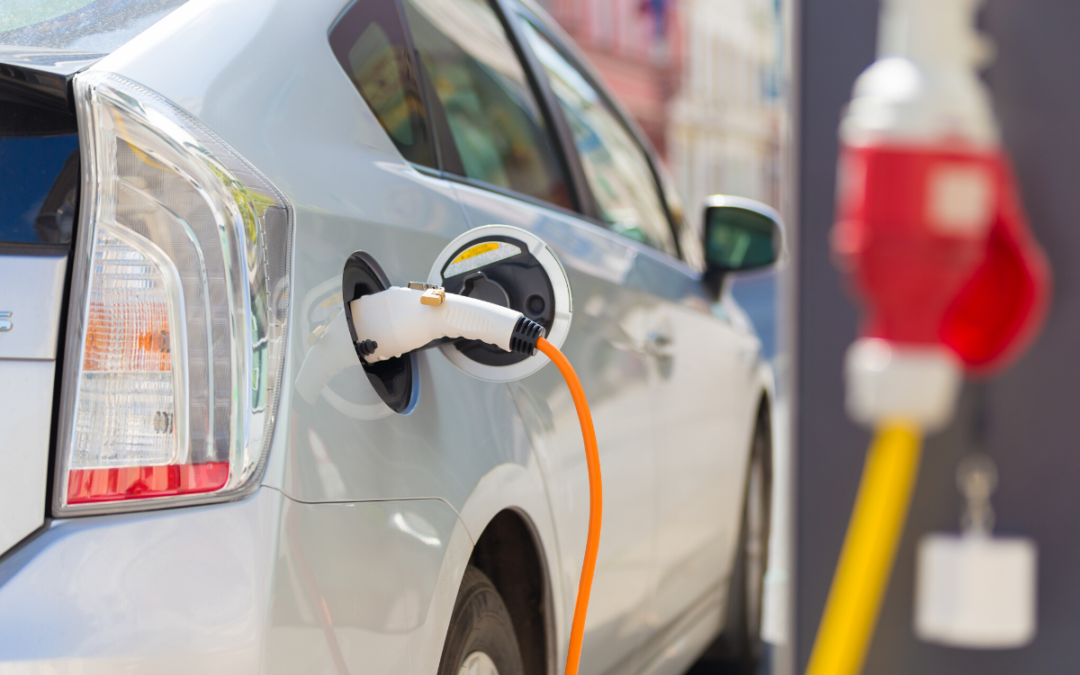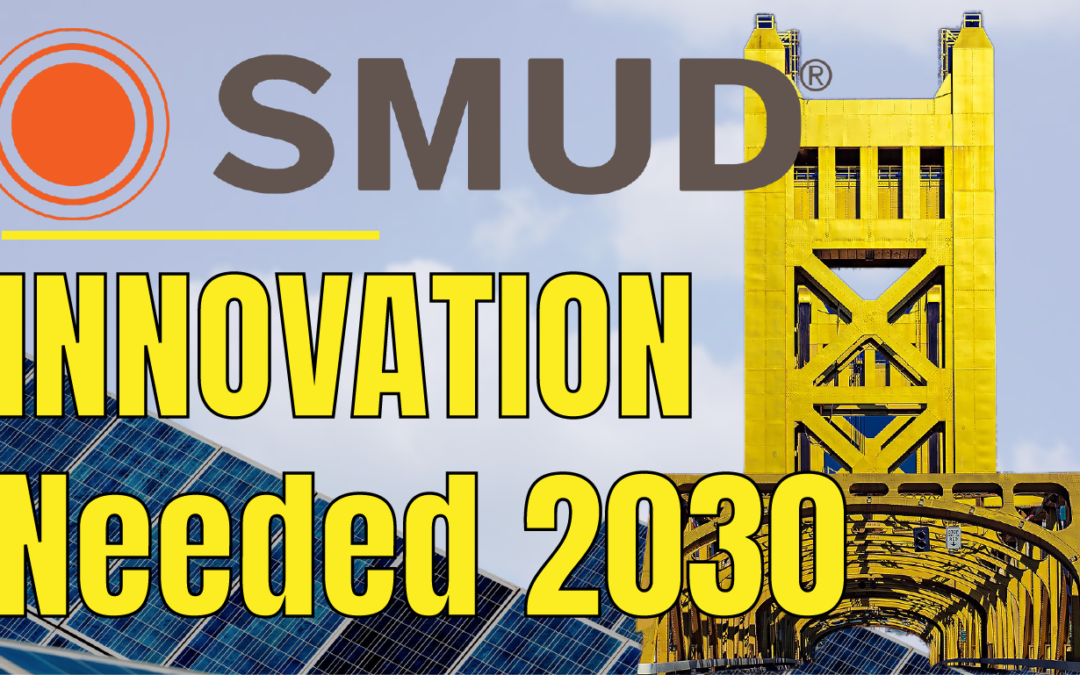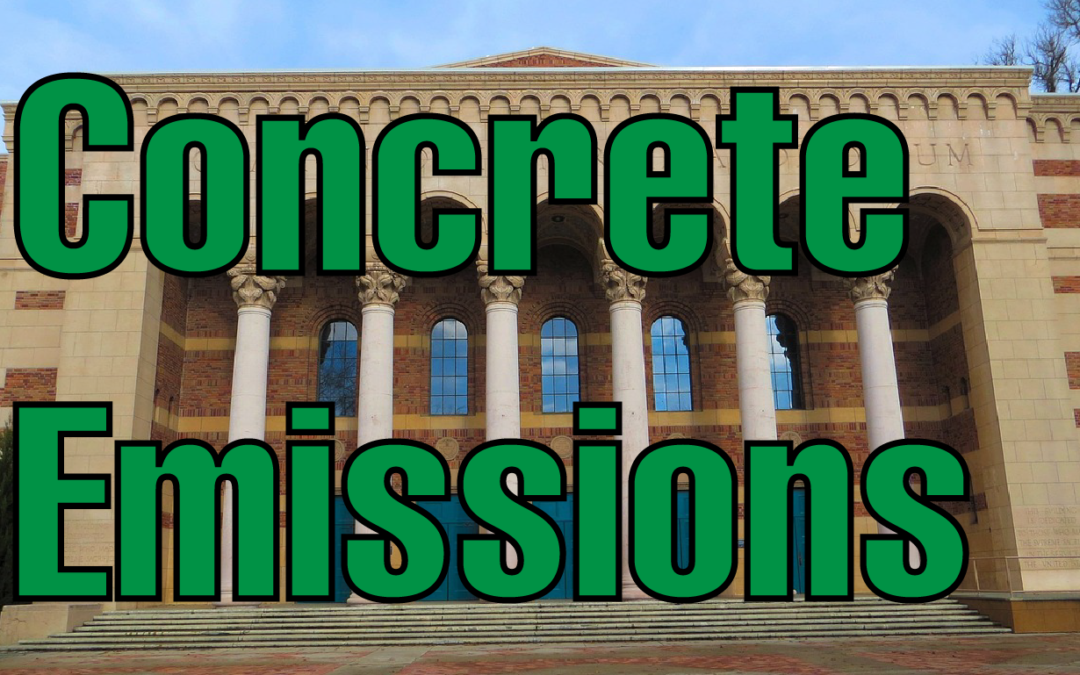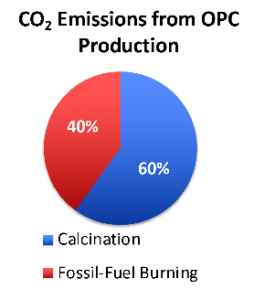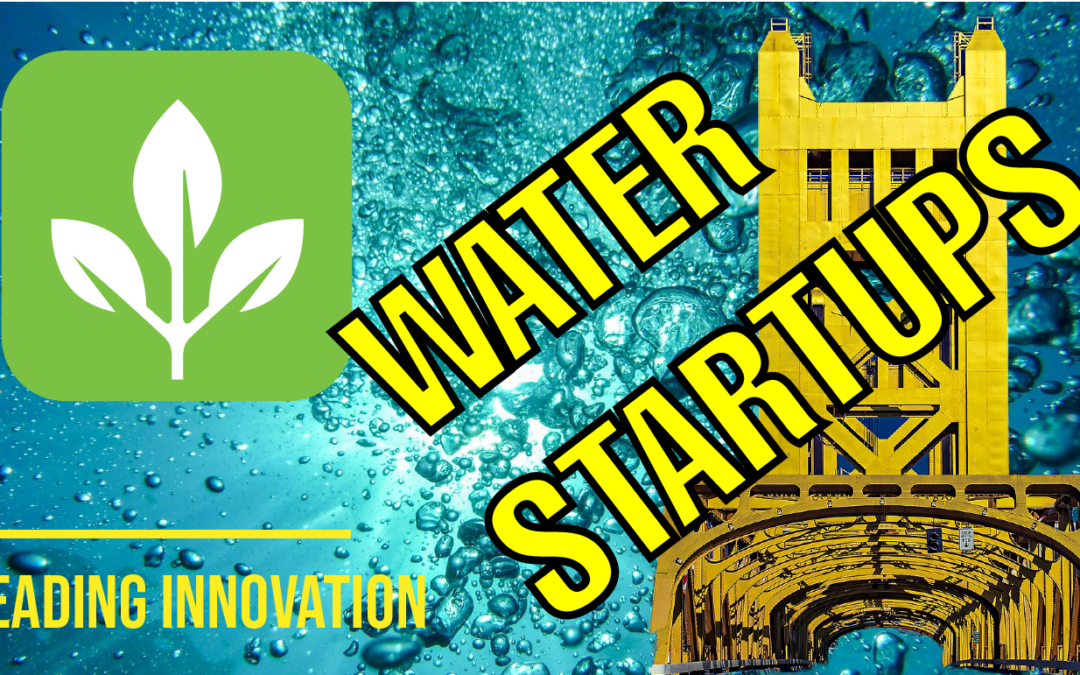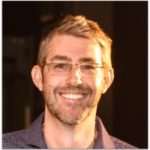
Formula-E Racing Pushing the Limits on Battery and Charging Technology
Starting out very modestly in 2011, Formula-E street racing was intended to demonstrate the exciting possibilities of electric vehicles to a crowd that knew little about them and to challenge companies to improve the technology. The first “real” races were held in 2015 with cars of limited range, so limited in fact that to complete a 50-60 mile race required drivers to swap to fresh cars halfway in order to have enough charge to finish. In 2020, the Gen 2 race cars had better batteries of double the capacity (54 kWh and 385 kg) and could avoid the swap.
Races are now of limited duration, compared to the usual formula car events. The races last 45-minutes plus one lap, with lengths of 50 to 62 miles depending on the course, compared to the average 200-mile length of a Formula 1 race. The cars have front and rear motors with a total of about 500 hp, and use regenerative braking. They weigh about 900 kg. Average speeds have been about 110 kph, with top speeds of 280 kph (173 mph, slower than Formula 1 and not the mind-blowing 250 mph of an Indy car).
For 2022, the new Gen 3 specs call for battery packs weighing 100 kg less while delivering peak power output of 350 kW vs. 250 kW now. This will likely increase average and top speeds, resulting in longer races. For the first time, there will be an option to provide a 30-second fast charge in a more typical pit stop, at a rate of 600 kWh/hour, giving an extra 4 kWh charge or about an additional 4 miles. While modest now, the idea is to increase the fast recharge rate to add significant length to the race. Williams Advanced Engineering won the contract to supply the new battery packs, still based on lithium-ion technology.
The organizers of Formula-E clearly want to keep pushing to achieve parity with their bigger cousins and intend to increase the specs with each new generation. The assumption, and a pretty good one based on prior experience, is that many of the advances in the race cars will end up improving production vehicles and commercial fast-chargers. That is likely why some big manufacturers like ABB are big supporters of Formula-E.

ABOUT THE AUTHOR
Gary Simon is the Chair of CleanStart’s Board. A seasoned energy executive and entrepreneur with 45 years of experience in business, government, and non-profits.
CleanStart Sponsors
Weintraub | Tobin, BlueTech Valley, Revrnt,
Moss Adams, PowerSoft.biz, Greenberg Traurig, Momentum,
College of Engineering & Computer Science at Sacramento State


